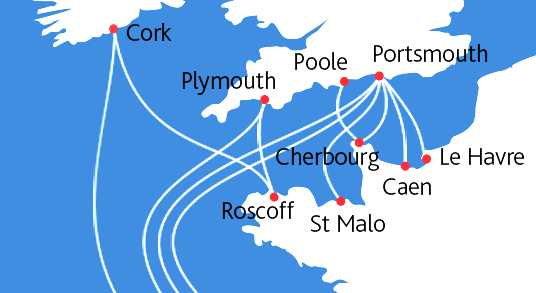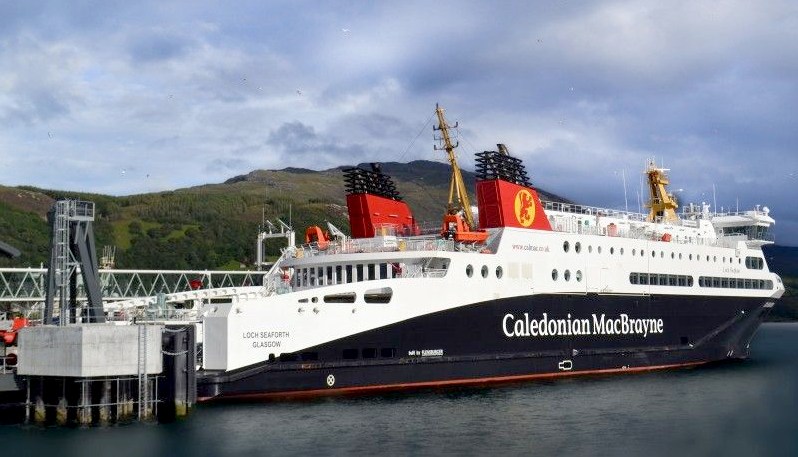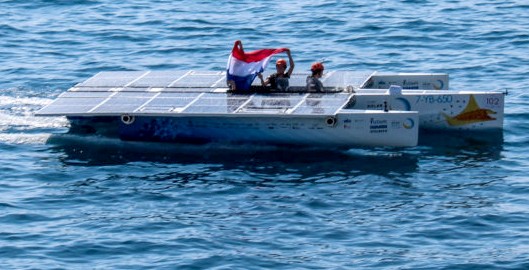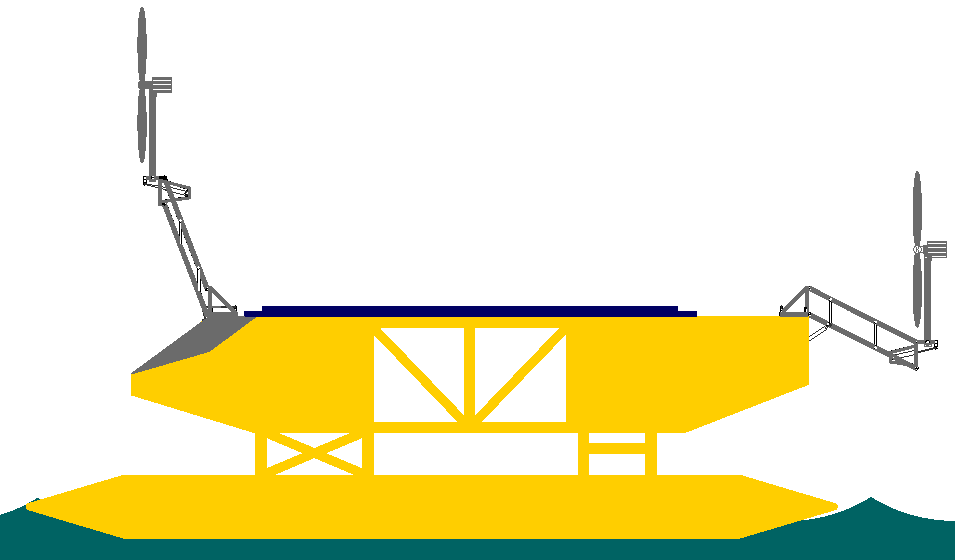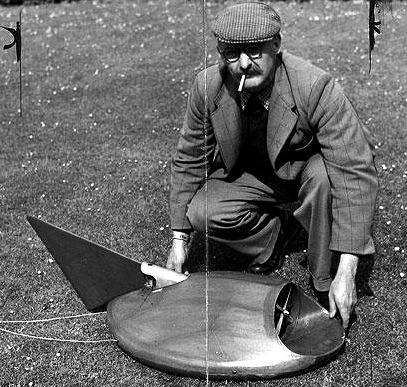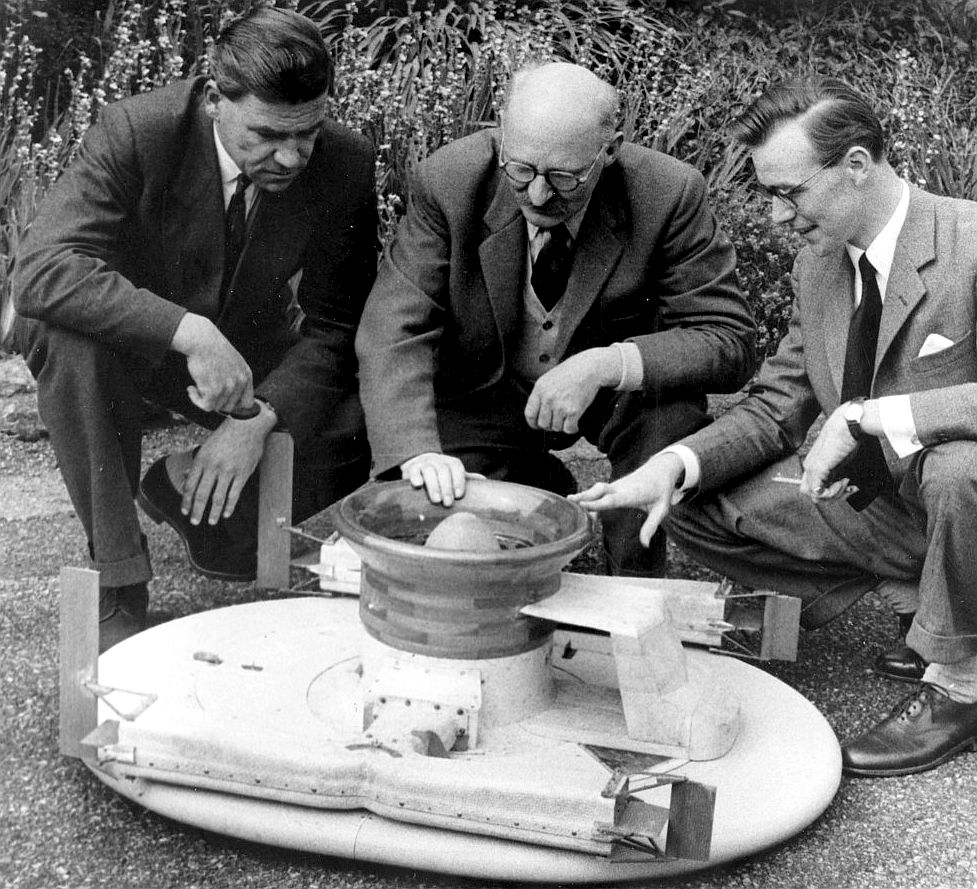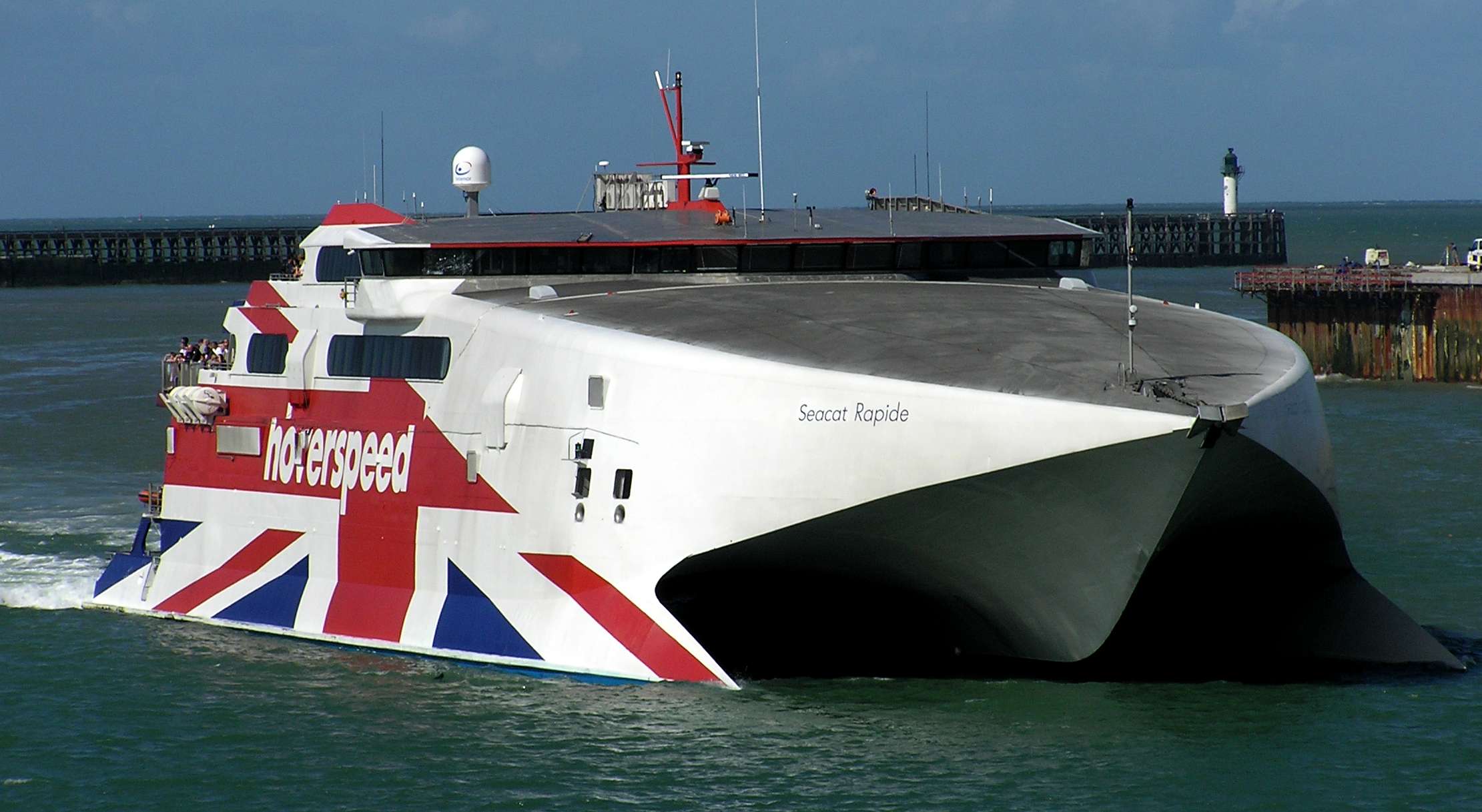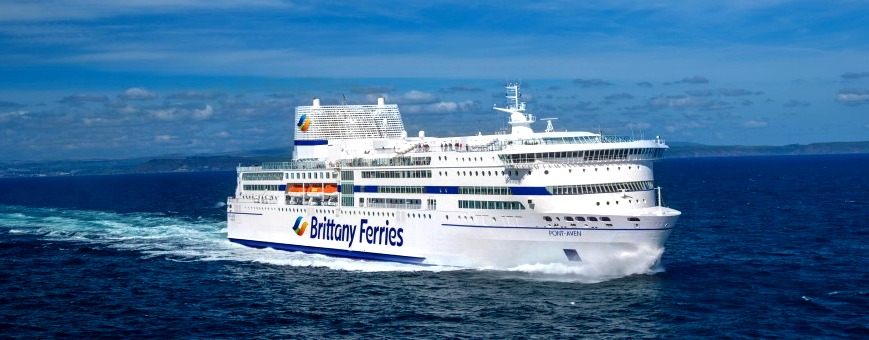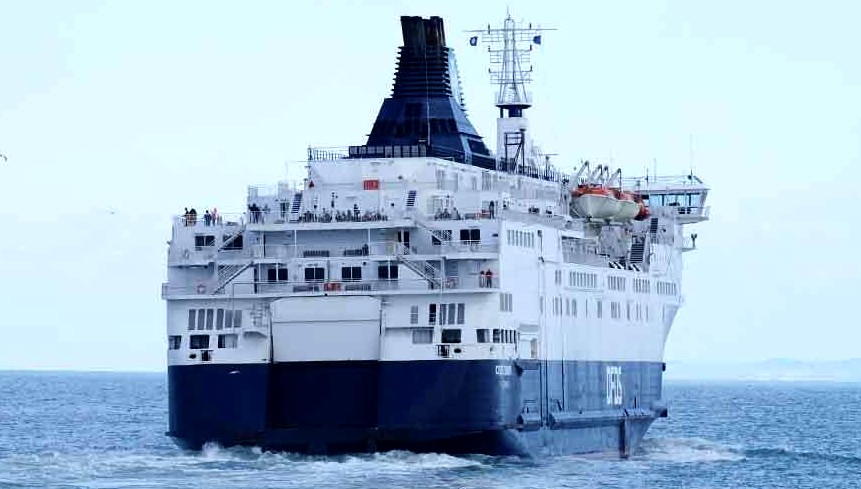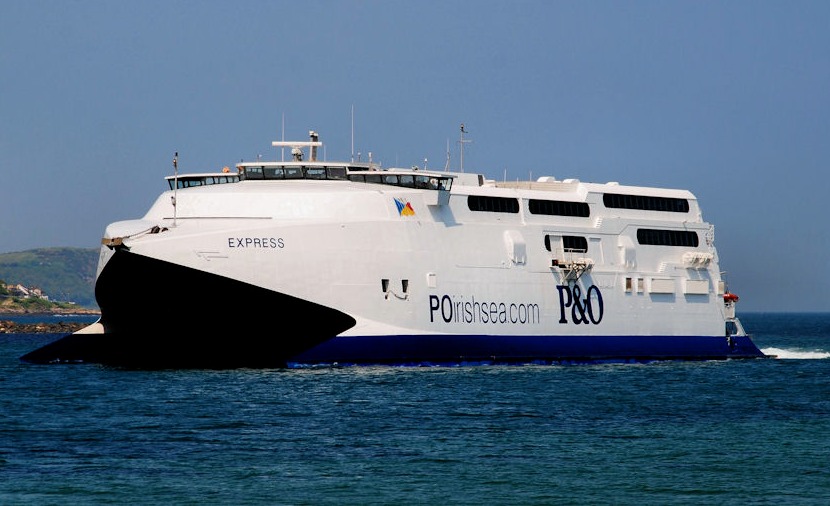|
CROSS CHANNEL FERRIES A-Z
ABOUT - CLIMATE CHANGE - CONTACTS - FOUNDATION - HOME - OCEAN PLASTIC PLEASE USE OUR A-Z INDEX TO NAVIGATE THIS SITE
Coastal tourism depends on people being able to get to the coast from inland conveniently, and in some cases to hop across the water from one coast to another. Cross Channel ferries were born to cater for those who wanted to experience the sea and see life on the opposite side of the Channel, or Le Manche as it is known in France. EuroTunnel is one way of getting to the other side of the Channel, and it is claimed to be zero carbon. Ferry services are needed to get from Ireland to England via St George's Channel and to and from the Isle of Man across the Irish Sea, from England to the Isle of Wight and umpteen other islands, such as Skye and Mull in Scotland.
Ferry services operate all over the world to transport passengers to and from the myriad islands, transporting passengers and goods. Such services are essential transport apart from coastal tourism.
Coastal tourism is also popular for sailors who want a long weekend on the water and for those who want to explore the coasts of Europe, the Adriatic, Baltic, Bay of Biscay, Black Sea, and Mediterranean Sea.
FERRY ROUTES - Apart from Dover to Calais and Newhaven to Dieppe, there are many other longer sailings that give you a choice of destination in France. These are some Brittany ferry sailings.
CROSS CHANNEL FERRY OPERATORS & ISLAND SERVICES
DFDS -
A lot of effort went into more efficient hull forms in the launch of several twin hull vessels, like the StenaLine HSS.
....
FERRY FUTURE - [LEFT] Delft University (Netherlands) set an offshore record of 35kph in this solar powered trimaran. [RIGHT] The Cross Channel Challenger (CCC) was a project on the drawing board in 2019 looking for backing to develop a practical zero carbon coastal cruiser using solar and wind power combined.
The aim of such development is to free us from the oil based economy currently fueling global warming, amid uncertainties of supply following the attack on Saudi Aramco. Drones bombed the Abqaiq facility in Saudi Arabia and the Khurais oil field, operated by the state-owned Saudi Aramco on the 14th of September 2019. The plants produce nearly 6% of the world's oil, and half of Saudi's oil, with the attack cutting output by 5.7 million barrels a day.
Energy stability holds the potential to quell many conflicts, as does food security. Solar assisted electric cars and solar powered shipping could help to reverse climate change.
Since 2019, a study in July 2021 has shown that the hull design in basic, could be adapted to cross the Atlantic on hydrogen power alone, with solar assistance, as a top up power source. Food for thought for Waterborne and Zero Emission Waterborne Transport (ZEWT) advocates in Europe. The aim would be to adapt the concept to practical ZESTA ferries, especially for island nations who depend on shipping for their economies. The proposed design is also safer, leak wise.
INVENTION - A popular and fast way to get from Portsmouth to the Isle of Wight was by the Hoverspeed service. Hoverspeed eventually moved from hovercraft into high speed ferries, presumably because the operating costs of such technological marvels was too high. It certainly was in terms of carbon footprint. In order to be able to schedule commercial services, the hover craft concept of Christopher Cockerell had to be perfected. The patent declared a secret by the Ministry of Supply, hence preventing disclosure, Cockerell had to wait until 1957 when he heard of a similar invention being developed that overcame military objections, after which he managed to secure funding to develop his invention. The first prototype crossed the English Channel in 1959.
CROSS CHANNEL FERRY OPERATORS & ROUTE OPTIONS A - Z
The English Channel stretches for about 350 miles and is 150 miles across at its widest point, while the narrowest is a mere 21 miles at the Dover Strait.
The cross channel ferry route you choose will be influenced by multiple factors. Cost of the fare is one of the main priorities as is speed of transit. But there are other considerations that could save you money and time in the long term.
Sometimes the shortest route isn’t the most convenient for accessing much of France. What you save in cheaper ferry fares you might pay for in fuel and tolls because of a longer land journey.
Dover-Calais car ferry
There are up to 38 crossings a day on the roll-on, roll-off ferries they use. Prices fluctuate
during the year, seasonally, with July and August the most expensive
months. There are plenty of restaurants and facilities to keep
children occupied on board and there’s a business lounge if you want
somewhere quiet to chill.
Folkestone-Calais Eurotunnel
Newhaven-Dieppe car ferry
Portsmouth-Le Havre car ferry
Portsmouth-Caen car ferry
Portsmouth-St Malo car ferry
Plymouth-Roscoff car ferry
Poole-Cherbourg car ferry
BLUE GROWTH STRATEGY
As part of EU's Blue Growth strategy, the coastal and maritime tourism sector has been identified as an area with special potential to foster a smart, sustainable and inclusive Europe. It is the biggest maritime sector in terms of gross value added and employment and, according to the Blue Growth Study is expected to grow by 2-3% by 2020. In 2012, Cruise tourism alone represents 330,000 jobs and a direct turnover of €15.5 billion and is expected to grow.
European Maritime Day (EMD) 2013 focused on coastal and maritime tourism and was the opportunity to introduce the results of a public consultation launched to prepare a communication on coastal and maritime tourism. The EU Commission adopted a Communication on "A European Strategy for more Growth and Jobs in Coastal and Maritime Tourism" on 20 February 2014, presenting a new strategy to enhance coastal and maritime tourism in Europe in order to unlock the potential of this promising sector.
The extraordinary beauty, cultural wealth and great diversity of EU's coastal areas have made them the preferred destination for many holidaymakers in Europe and abroad.
This sector employs over 3.2 million people, generating a total of € 183 billion in gross value added and representing over one third of the maritime economy. As much as 51% of bed capacity in hotels across Europe is concentrated in regions with a sea border.
MAIN BLUE GROWTH AREAS
5. Ocean Regeneration - cleaning our oceans to preserve the resource and cleanse the toxic food chain 6. Aquaculture - now generates around 50% of world produce, mostly subject to wild fish feed 7. Ocean Energy - offshore wind and wave energy for clean power 8. Biotechnology - Identifying, harvesting and producing medicines 9. Coastal Tourism - To engage the public in ocean matters and reduce air travel 10. Green Ships - Cargo and cruise ships that are cleaner, preferably zero carbon
A-Z
INDEX OF H2 POWERED FUEL CELL SHIPS
LINKS & REFERENCE
IRISH SEA - P&O operate ferries between England and Ireland.
This website is provided on a free basis as a public information service. Copyright © Cleaner Oceans Foundation Ltd (COFL) (Company No: 4674774) 2019. Solar Studios, BN271RF, United Kingdom. COFL is a charity without share capital.
|
